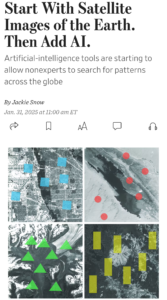Kelsey Piper tried a fun experiment: ask chatbots the same morally loaded questions in six languages and see if the answers diverge. You’d expect the “AI Sapir-Whorf hypothesis” (language influences thought and perception) to hold. Instead, the models mostly converge on one worldview: secular, liberal, modern-internet cosmopolitanism. Even DeepSeek, China’s flagship model, gives Western-ish answers… unless you ask it in Chinese, in which case it gets a bit more cautious.
Today’s AIs don’t “think” in multiple languages. They seem to think in English and translate outward. And that makes everyone, from Cairo to Kansas to Chongqing, more likely to get the same advice about protests, domestic violence, or how to respond when your kid comes out.
It’s a weird twist: humans don’t have a universal culture, but AIs might.





